ASL will be adding goalball to it’s curriculum thanks to $1020 grant
As freshman Hannah Fife tirelessly researched deaf-blind schools around the country, she was unaware of the fact that her work would help bring a new sport to FHC. As it turns out, the Virginia School for Deaf and Blind (VSDB) offers a sport to their students called goalball, and with some further research, Hannah discovered the popularity of the sport, eventually stumbling upon a grant that would incorporate the sport into FHC’s ASL program.
“I had known about goalball for a few years, but this year [Hannah] came up to me and said “Have you heard of this game that blind people play? It would be really cool if we could do it,'” ASL teacher Kimberly Anderson said. “So I thought about it and decided to try to write a grant about it and bring it to the classroom.”
Goalball, while popular in the blind community, is not integrated as seamlessly into larger communities. The goal of the game is to get a ball (approximately the size of a kickball) into the opposing team’s goal. However, to emulate being blind, players are required to wear blackout glasses, relying only on the sounds of ringing bells inside the ball to determine where to aim, block, and shoot the ball.
“Having to rely only on the vibrations of the bells inside the ball, students will see how challenging it is to be deaf and/or blind,” Hannah said. “I think it will help expose students to the challenges faced by the deaf and blind community every day.”
One of the advantages of bringing goalball to FHC is that it is not limited to just the ASL program; the gym classes can also utilize the new equipment and give students a unique experience.
“Other schools play it sometimes,” Anderson said. “It helps to promote disability awareness — we do the “deaf for a dayai??i?? activity and some schools do a “spend-a-day-in-a-wheelchairai??i?? thing– and I thought bringing in goalball would be a really neat way to bring awareness [in a way] that even the P.E. classes could do. My classes experience losing a sense, and it would be interesting to have other people do that too.”
Senior Kirsten Fentzke is another ASL student looking forward to the new prospect of goalball at FHC.
“Spreading awareness [for the community] through a fun sport and allowing more people to join in and become more curious about the culture will really increase the recognition of the deaf/blind community,” Kirsten said. “A lot of people just don’t have information regarding deaf/blind culture and American Sign Language in general. As a student, I want to answer any questions others may have and educate them on such a meaningful culture, and I think by bringing goalball to FHC it is more possible.”
Students involved in ASL are excited to experience a new activity, especially one that will increase awareness for an important– and often overlooked– community.
“I think it will give students a very insightful view of the challenges faced by the deaf and blind community each day,” Hannah said. “This is how [deaf and blind people] live. They’re often thought of as less of a person just because they can’t see or hear. I think that with spreading awareness, we can help people who aren’t knowledgeable or aware of the heartbreaking details of the community see past the fact that they’re deaf or blind, and in some cases both, and see that they’re just like us.”
Hopefully, the addition of goalball to various FHC curriculums will not only increase awareness but will generally force students to be more understanding and more accepting of those with disabilities.
“It’s a little bit of sensitivity training, too,” Anderson said. “It almost forces students to put themselves in someone else’s shoes for just ten minutes. I think it’s a fun way to increase awareness for such an important community, and it will get people excited.”

Krystal is a junior entering her second year on staff. As a part of the Forest Hills Central Rowing Team for the past three years, she hopes to continue...













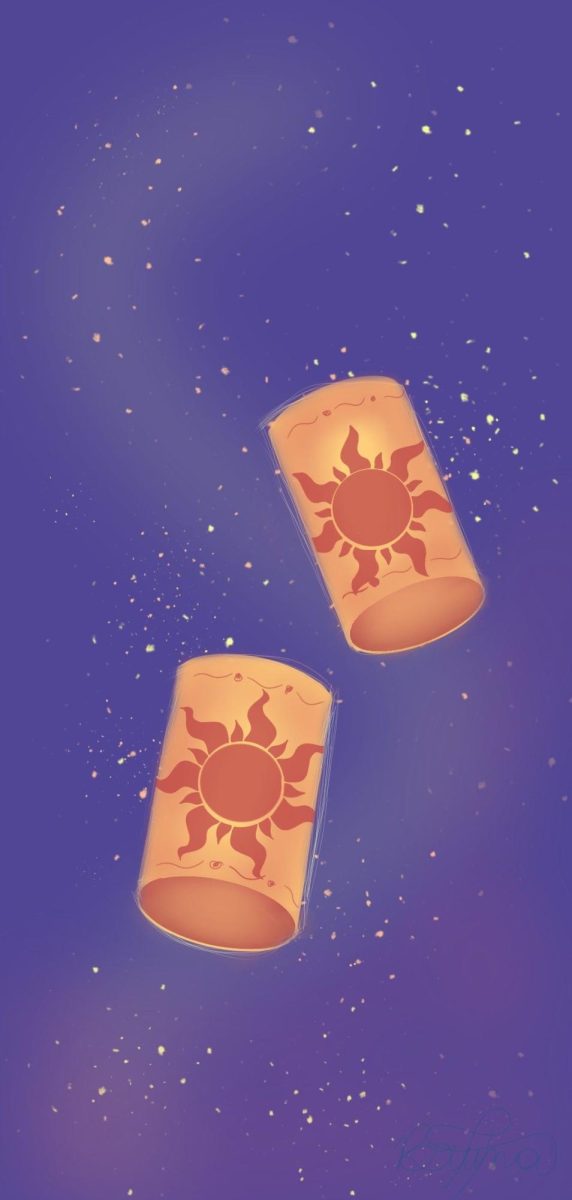
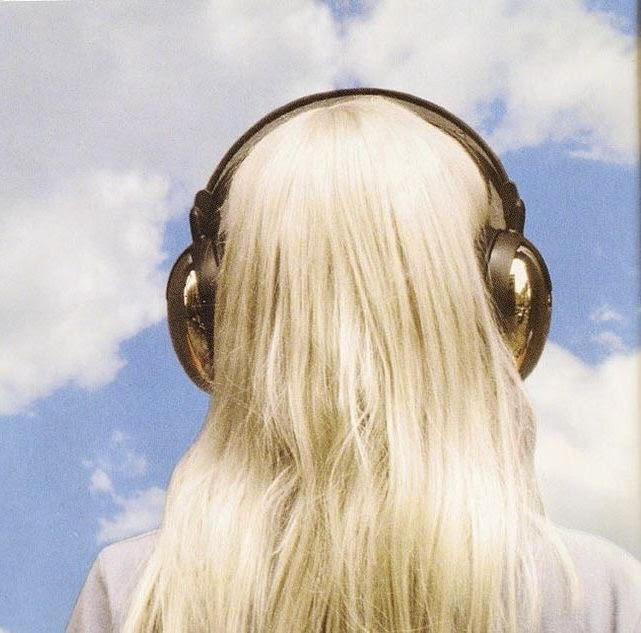

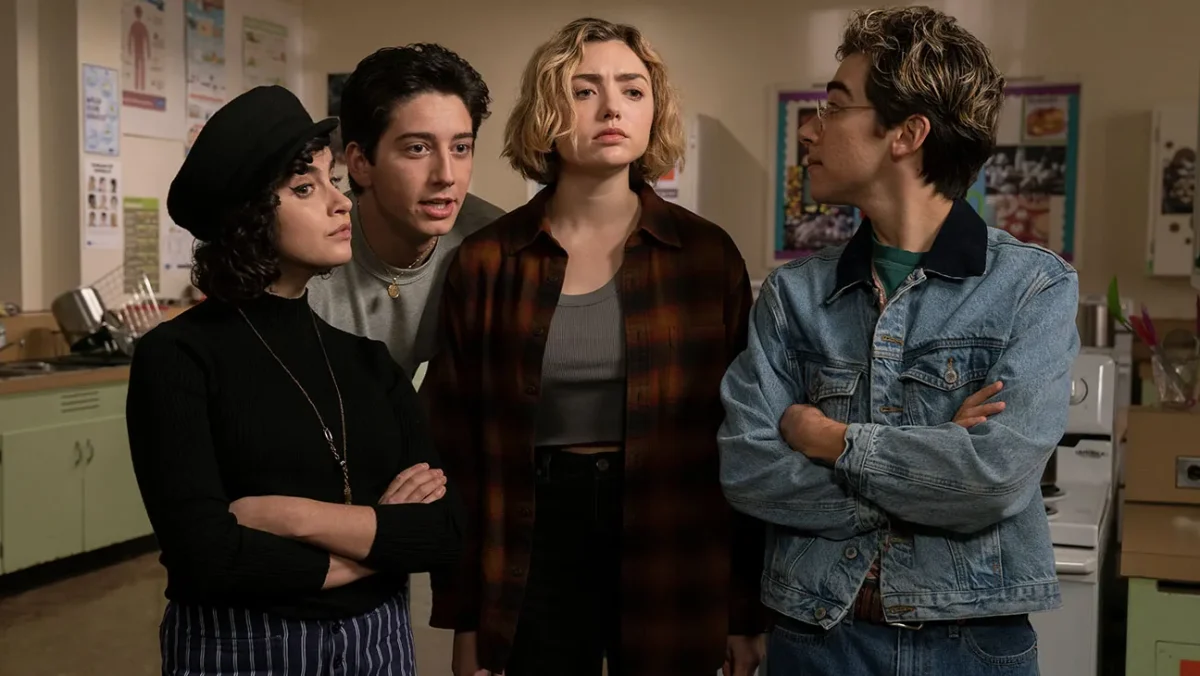


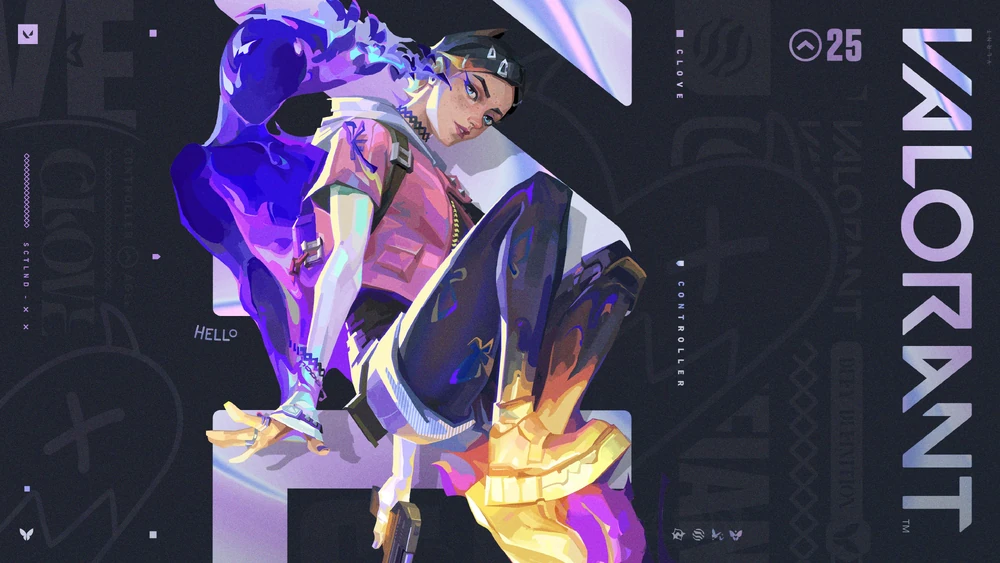



































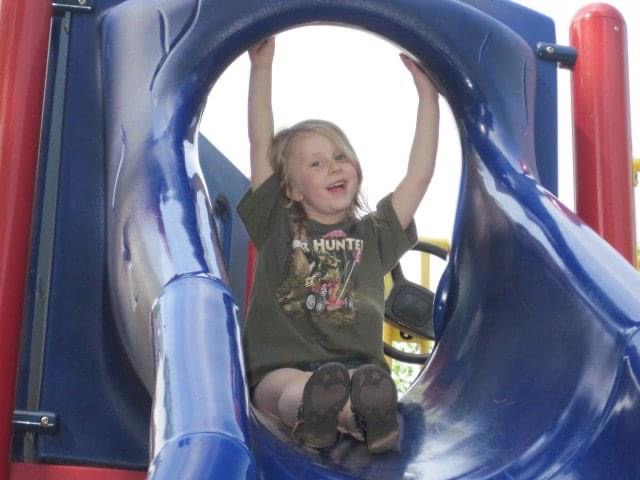
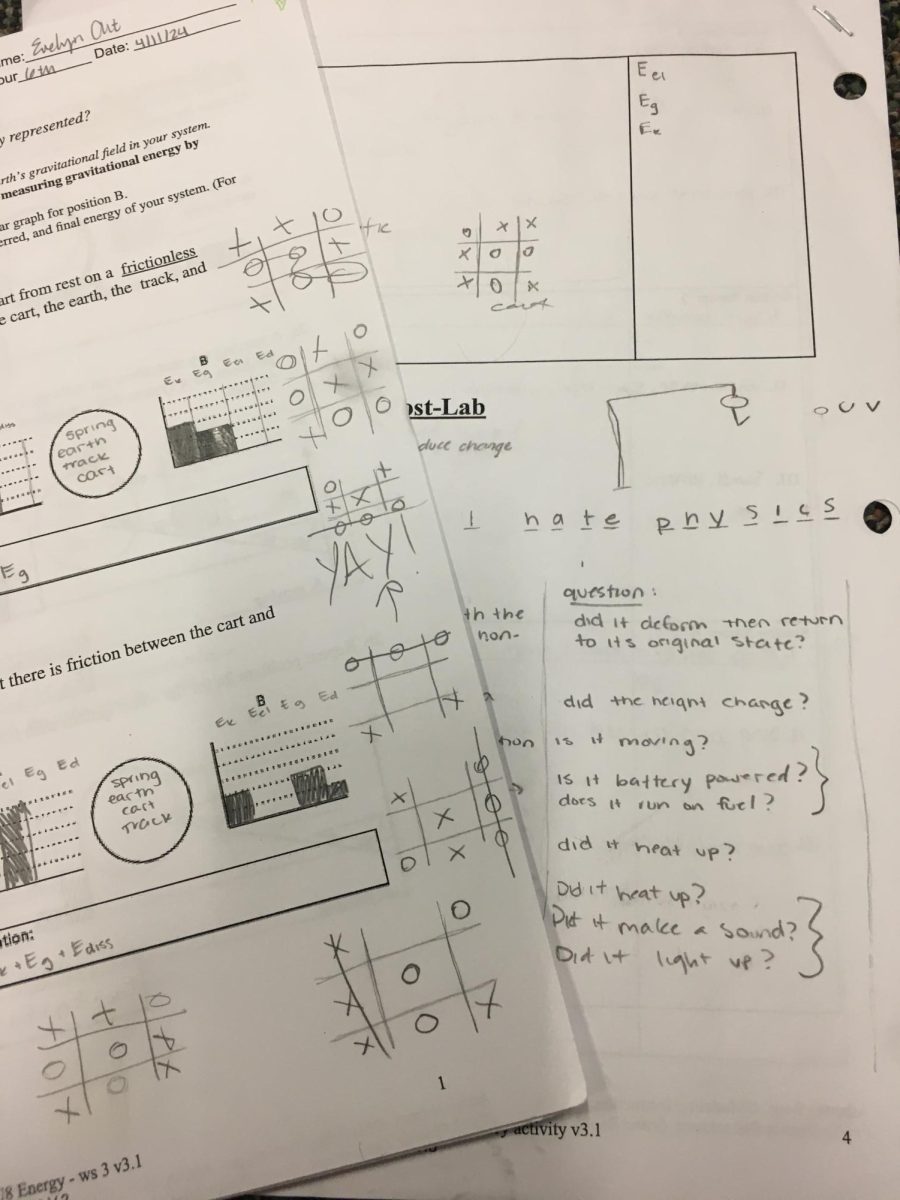


















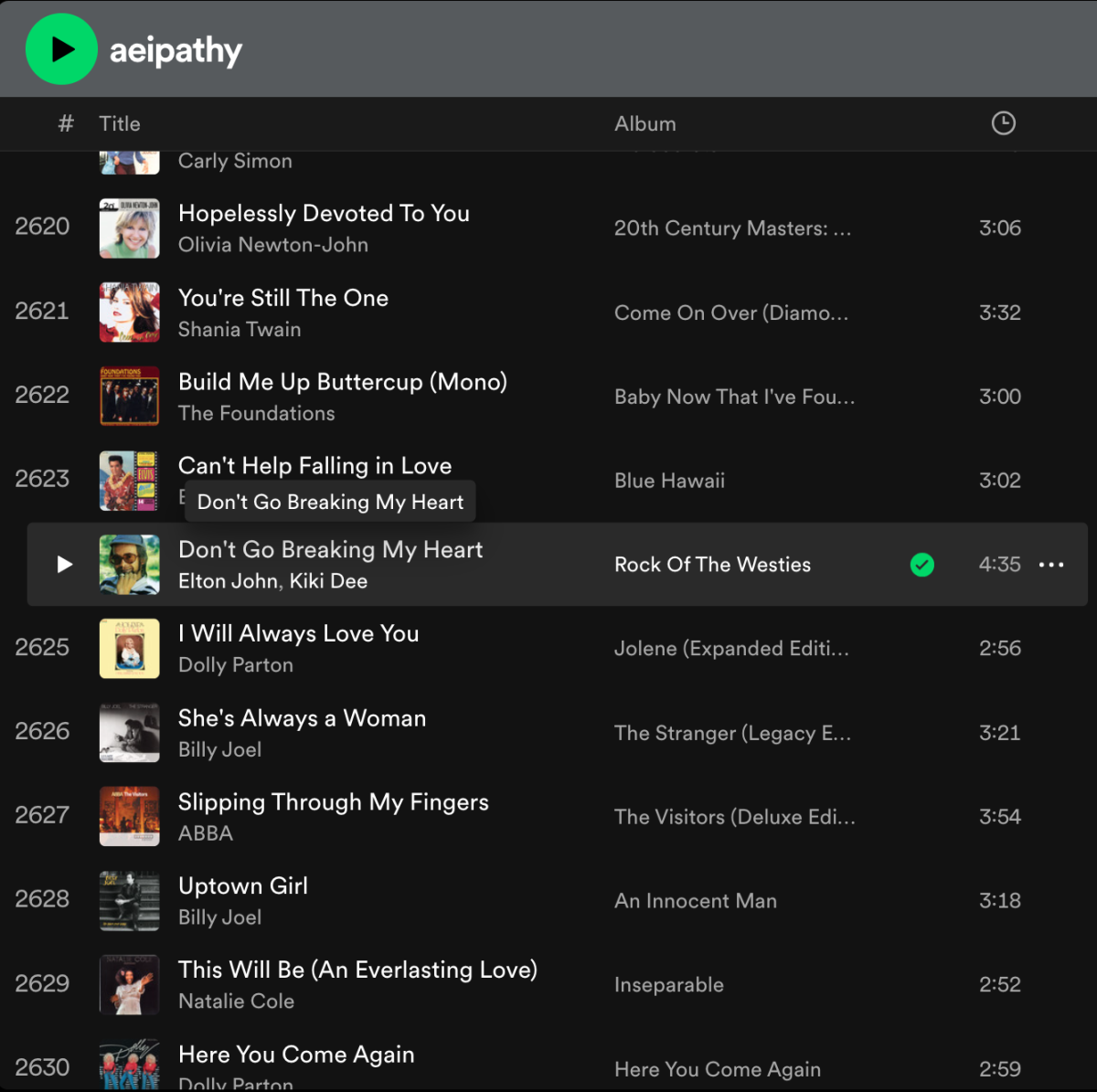





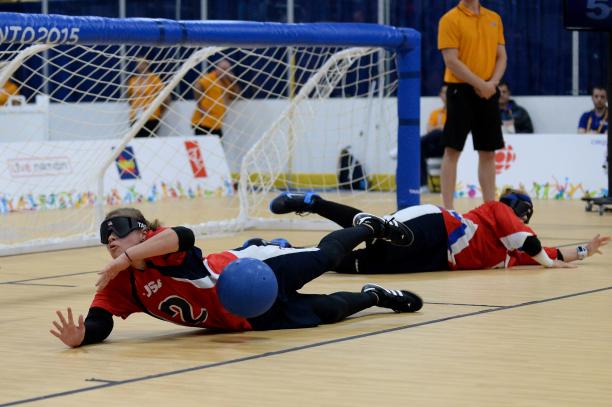

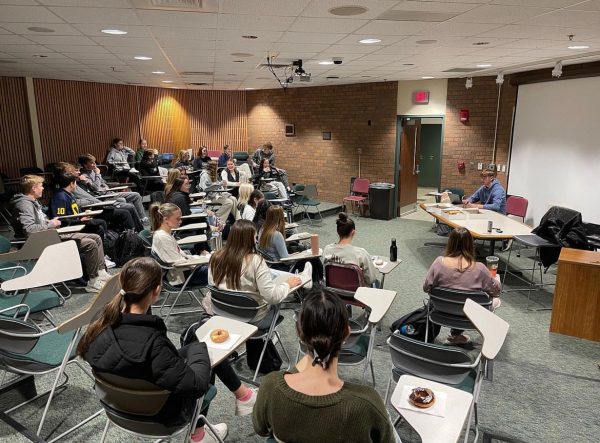

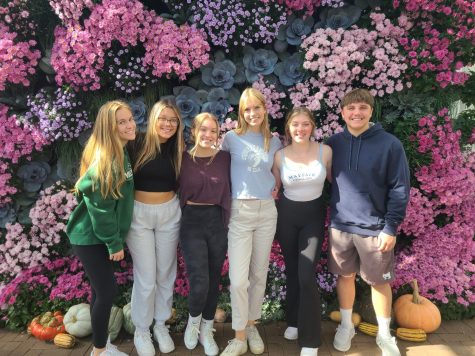
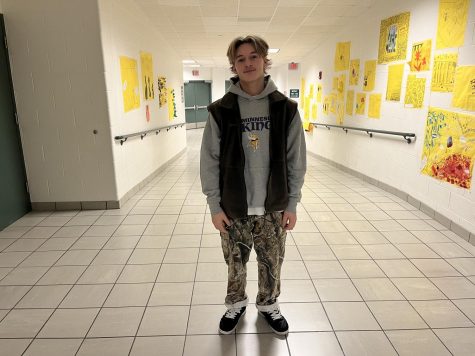
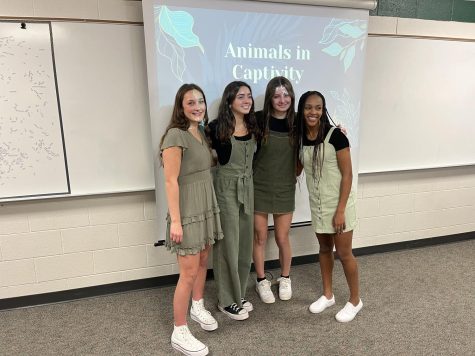
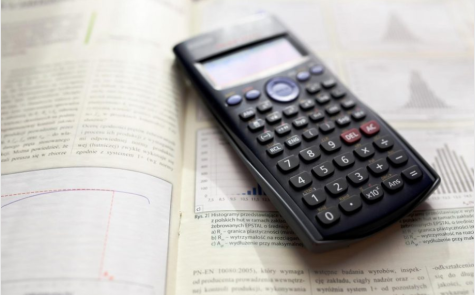
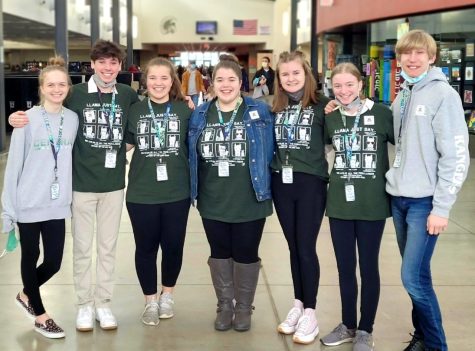
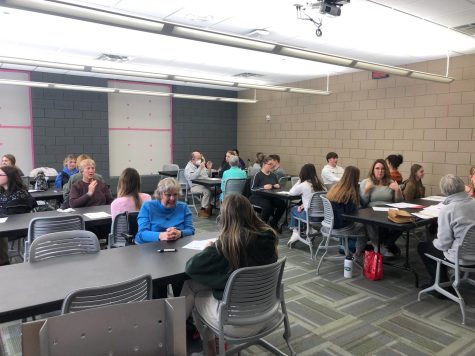
Deena James • Mar 21, 2018 at 9:58 am
Interesting article…great out of the box thinking! It’s awesome Hannah researched it and that Kimberly Anderson got a grant to bring it to FHC… and that the PE classes will be able to utilize the equipment/game as well. Congrats on a great idea!